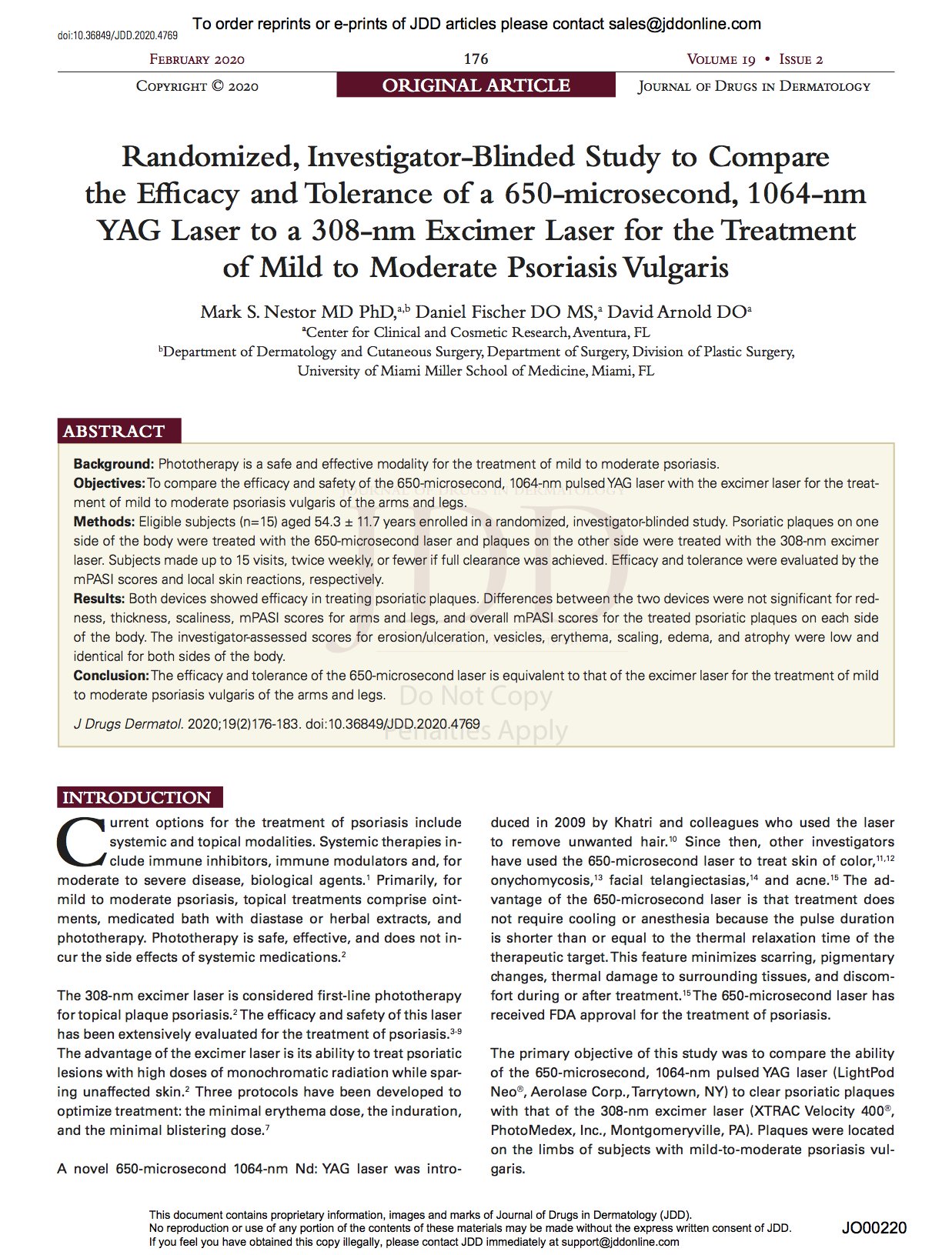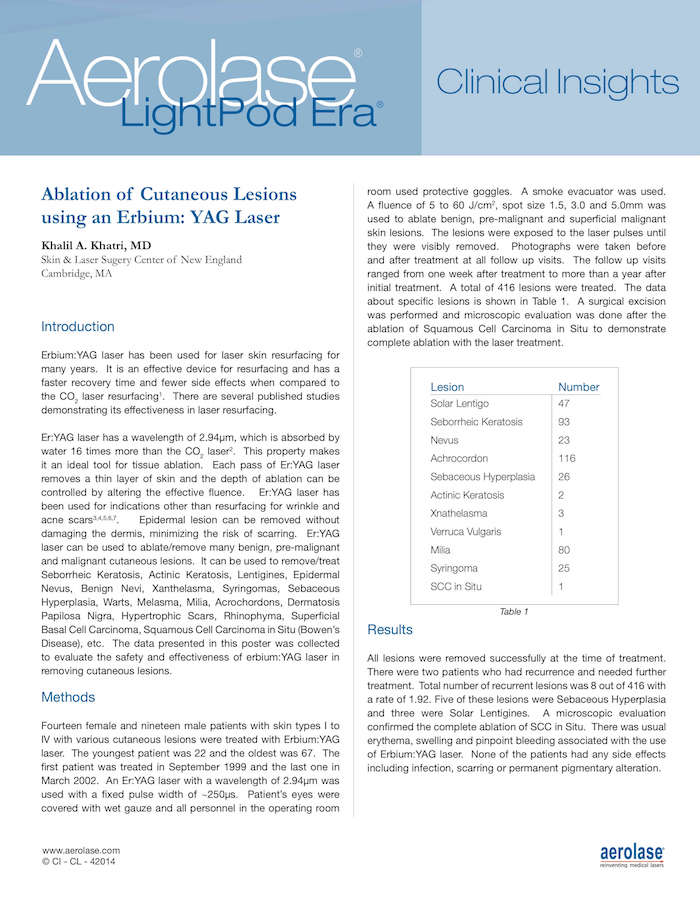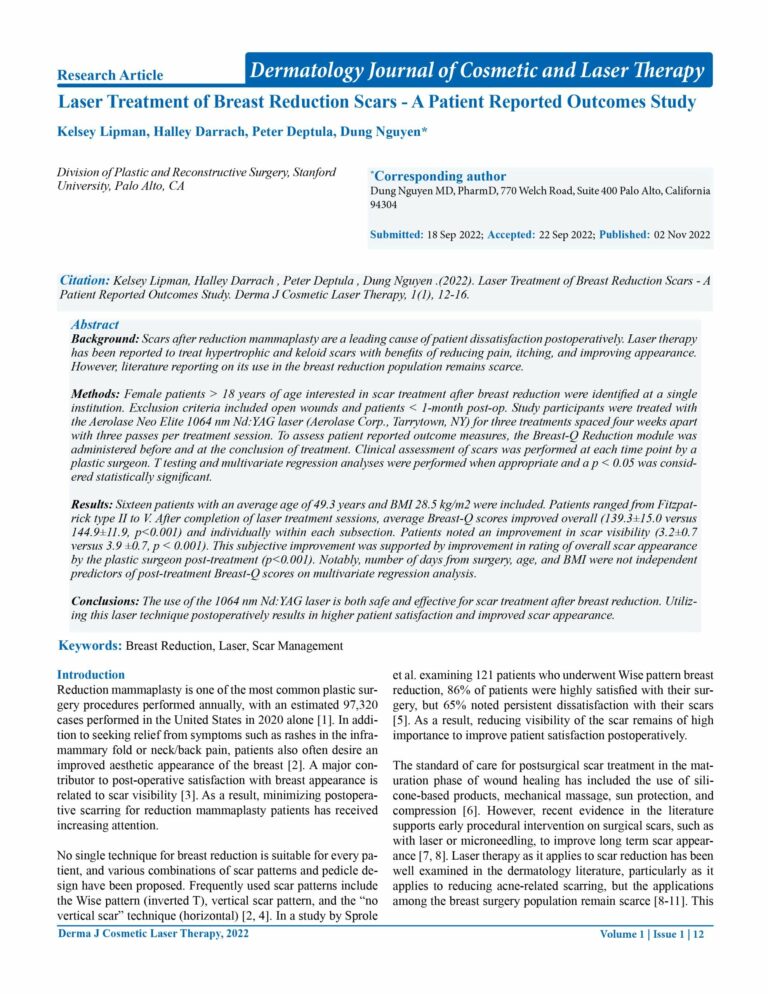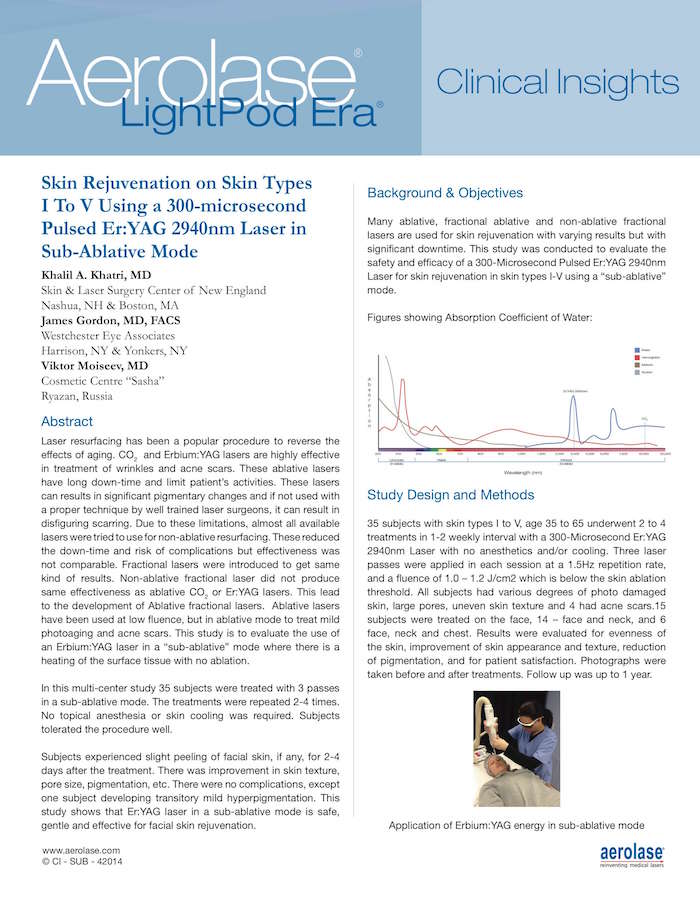Mark S. Nestor MD PhD,a,b Daniel Fischer DO MS,a David Arnold DOa
Current options for the treatment of psoriasis include systemic and topical modalities. Systemic therapies include immune inhibitors, immune modulators and, for moderate to severe disease, biological agents.1 Primarily, for mild to moderate psoriasis, topical treatments comprise ointments, medicated bath with diastase or herbal extracts, and phototherapy. Phototherapy is safe, effective, and does not incur the side effects of systemic medications.2
The 308-nm excimer laser is considered first-line phototherapy for topical plaque psoriasis.2 The efficacy and safety of this laser has been extensively evaluated for the treatment of psoriasis.3-9 The advantage of the excimer laser is its ability to treat psoriatic lesions with high doses of monochromatic radiation while sparing unaffected skin.2 Three protocols have been developed to optimize treatment: the minimal erythema dose, the induration, and the minimal blistering dose.7
A novel 650-microsecond 1064-nm Nd: YAG laser was introduced in 2009 by Khatri and colleagues who used the laser to remove unwanted hair.10 Since then, other investigators11, 12 have used the 650-microsecond laser to treat skin of color, onychomycosis,13 facial telangiectasias,14 and acne.15 The advantage of the 650-microsecond laser is that treatment does not require cooling or anesthesia because the pulse duration is shorter than or equal to the thermal relaxation time of the therapeutic target. This feature minimizes scarring, pigmentary changes, thermal damage to surrounding tissues, and discomfort during or after treatment.15
The 650-microsecond laser has received FDA approval for the treatment of psoriasis. The primary objective of this study was to compare the ability of the 650-microsecond, 1064-nm pulsed YAG laser (LightPod Neo®, Aerolase Corp., Tarrytown, NY) to clear psoriatic plaques with that of the 308-nm excimer laser (XTRAC Velocity 400®, PhotoMedex, Inc., Montgomeryville, PA). Plaques were located on the limbs of subjects with mild-to-moderate psoriasis vulgaris.




